When I started knitting, I was a law student. That meant I spent 8-12 hours a day working, but I rarely had anything tangible to show for it. There was a lot of reading and writing and outlining and marking up, but I couldn’t usually point to an actual thing I had made through my work.
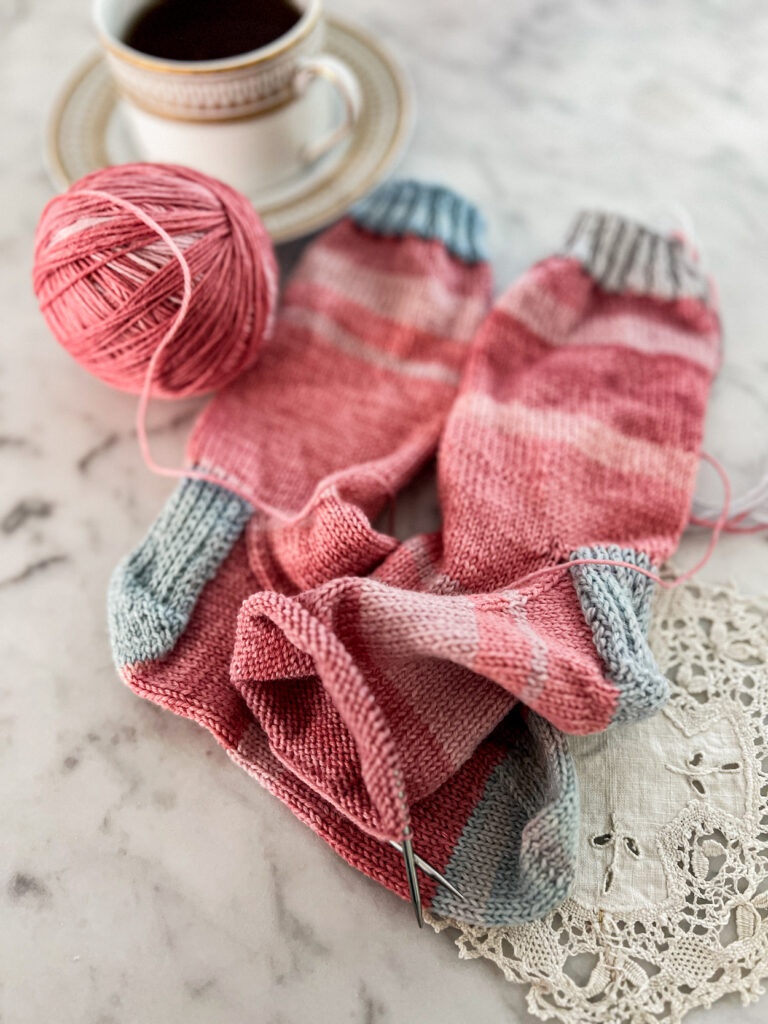
That’s one of the reasons I fell in love with knitting. I could touch the physical product of my work, and I could track how much work I’d done in each session just by measuring my WIP or counting repeats.
That was nearly 20 years ago, and in the intervening time, our world has only grown faster, more intense, and more digital. We carry tiny computers in our pockets. Many of our jobs are service jobs where we don’t produce a product we can touch. Our photos, conversations, and hobbies increasingly exist in a digital space.
In today’s blog post, we’re going to explore some of the benefits, the challenges, and the contradictions of being a maker in an ever-more digital world. That means, yes, we’re gonna have to talk about AI, too. Let’s get into it.
Handmade Work in a Fast-Paced World
One of the most common challenges of being a knitter in the modern, digital world is speed. No matter how fast of a handknitter you are, you still can’t keep up with a machine. That can cause issues.
The Pressure of Speed
When we talk about speed knitting and how some knitters feel bad for being slow, that conversation isn’t happening in a vacuum. The pressure to knit faster is coming from somewhere.
Often, it’s coming from the society we live in. Doordash meal deliveries, same-day Amazon orders, entire seasons of a TV show dropped in one day so you don’t have to wait for new episodes, and more have shaped our expectations for how long things should take.
Those expectations are that things should take as little time as possible.
But that flies in the face of what knitting is. Knitting is a deliberately slow exercise. We work with just our two hands, some yarn, and a few pointy sticks. There are no speed boosts other than what we can achieve with our own muscles.
If you’ve knit around others long enough, you’ve probably gotten the same question I have: “Why do you knit that when you can just buy it at the store?”
Which brings us to the next part of this conversation.
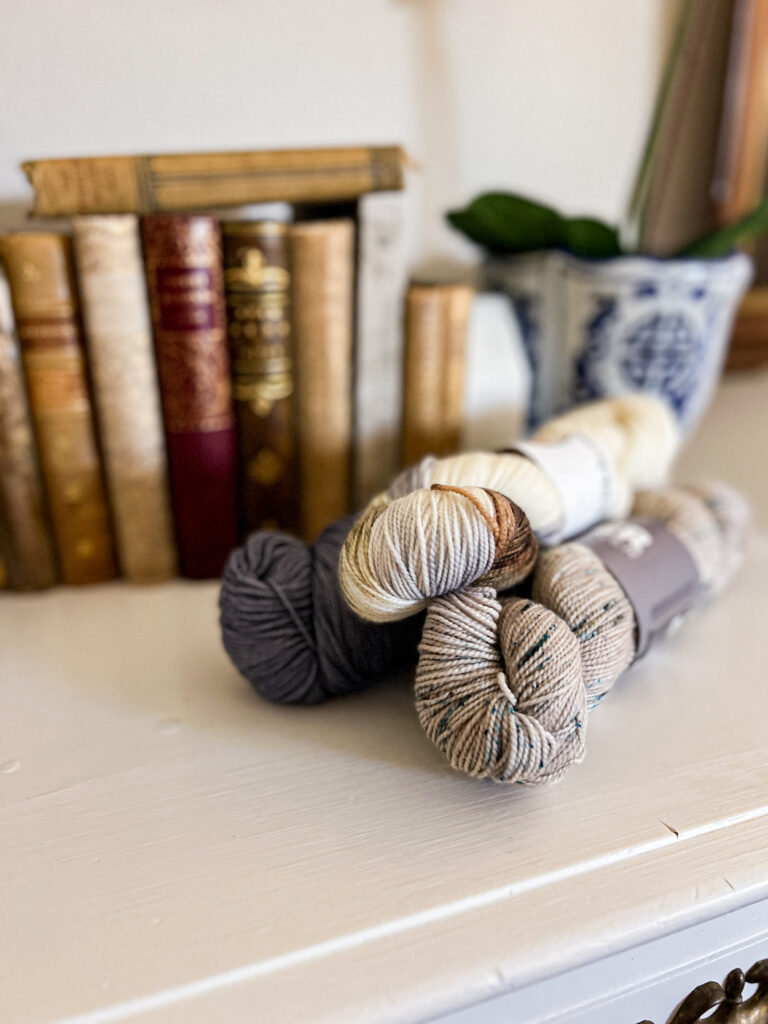
Devaluation of Craft
Because knitting is inherently inefficient compared to machine-manufactured items, a lot of people think it has no purpose in a modern world. Time spent knitting is time that could be spent doing other things.
Productive things. Things that make money. Things that grow the economy.
See, the more efficient you are, the more you’ll produce, and the faster you are, the more efficient you are. Doing something intentionally inefficient and slow means you’re not taking advantage of every single opportunity to earn money. What a silly thing to do! (That’s my sarcasm voice, in case you couldn’t tell.)
Of course, let’s not even get started on the issue of how activities like fiber arts, which are commonly seen as “women’s work,” are even more devalued on that basis.
Knitting as a Counterweight to the Digital
Another challenge of our digital existence is that we can’t actually touch, smell, or hear a lot of things. As humans who generally need at least some sensory stimulation, many of us find that frustrating.
How many times have you seen a beautiful baked good on Instagram and wished you could smell or taste it? Maybe a video of a sunny field that you wished you could run through?
Knitting gives us a place to intentionally engage all of our senses (yes, even taste—I see you, spit splicers!). When we can make and use something tangible, it’s an anchoring element that helps us feel connected to ourselves and our world.
That connection extends beyond just the here and now. It’s also a point of connection to history. Our materials and tools and techniques have been developed over centuries of work by craftspeople who came before us.
And the passage of time that is embodied in our methods also shows up in our finished projects. Each project is a record of the time we spent knitting it, and it often carries memories of what else was happening: what we were watching or listening to, where we were, what major events were happening in our lives.
In other words, the physical nature of our craft anchors us to the present and the past, to ourselves and to others, in a way that purely digital items can’t quite manage.
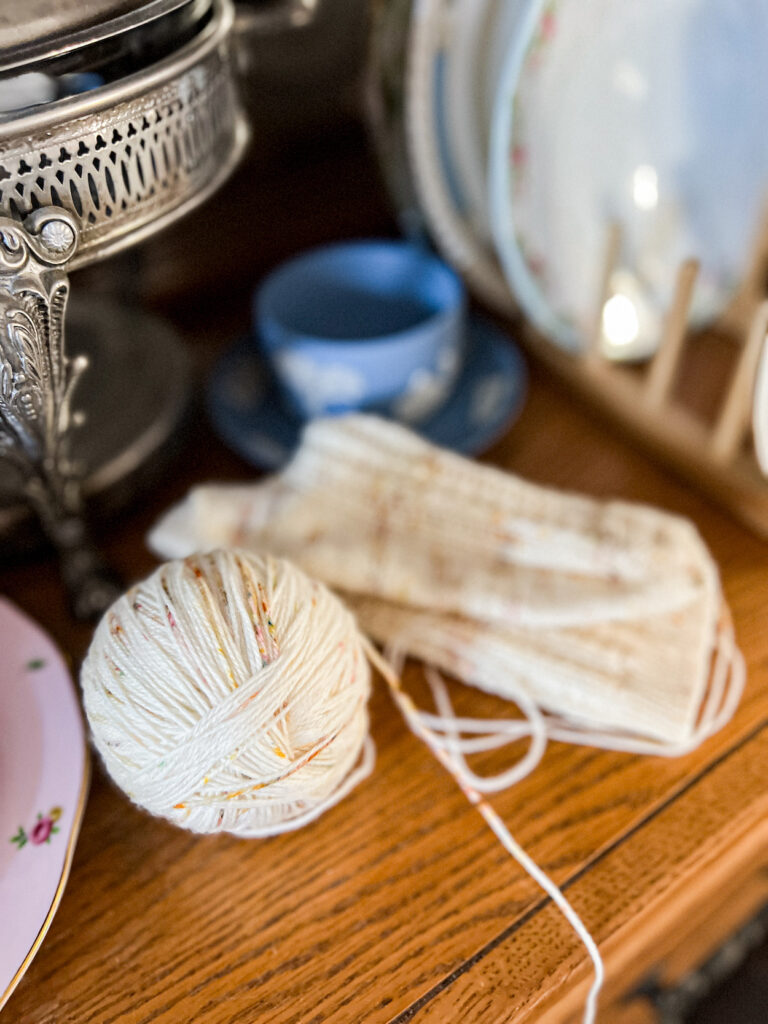
The Irony of Digitally Documenting Our Handmade Journeys
I started knitting in 2007 and joined Ravelry when the site wasn’t even a year old. For me, my knitting has always existed in connection with the digital world.
Which feels a little strange! I adopted a quiet, slow hobby that some would perceive as anachronistic, and almost immediately turned around and started making digital content about it. Outside observers might be confused by that.
But the digital world allows us to connect with each other in ways we never could before. I’ve made so many fiber arts friends through the internet, and that wouldn’t have happened without taking digital pictures of my knits and sharing them on a digital platform.
On the other hand, a lot of knitters find the internet gives them comparisonitis. There can be a sense of pressure to produce more so there’s more to share. It can feel weird to share the same project over and over.
It’s a strange tension there, especially if you took up knitting to try and get away from screentime. I don’t have a good answer for how to find the right balance. I just know I’m constantly recalibrating.
Knitting in an Era of “AI Slop”
John Oliver’s Last Week Tonight recently had a segment on what he charmingly called “AI slop.” It’s something I’ve been thinking a lot about over the last year, as AI-generated images become more and more common on Pinterest and social media, AI-generated pattern books fool unwary buyers, and AI-written content spreads inaccurate information with bland cheerfulness.
Now, let me be clear: I’m not an anti-AI absolutist. My inclination in nearly every situation is to see the nuances, and I can see scenarios where AI can be helpful.
But that’s not what I’m worried about here. I’m worried about the bad AI content created by bad actors to take advantage of trusting consumers. It’s everywhere lately. I fear it’s only going to get worse.
So how do you make sure you’re consuming good, accurate, helpful content created by an actual person? I firmly believe that the only way to do that is to know whose content you’re consuming, and that’s going to take time. You have to follow the person for a while, research them and their background, see if they give good advice on stuff you already know about. The key is knowing and trusting your information source.
For designers, bloggers, and content creators like me, that means we need to spend more time making good, substantive, thoughtful content and products. We need to spend more time connecting with the people who read our posts, watch our videos, and use our patterns. It’s no longer enough to just post a funny meme and hope people will follow you.
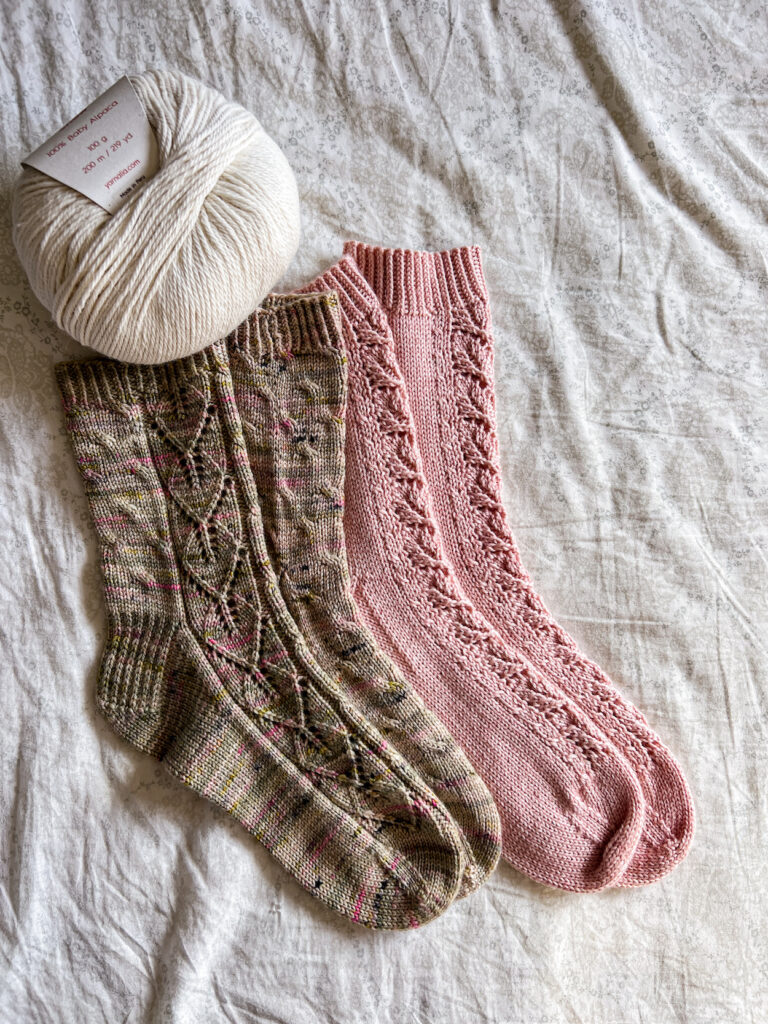
A Surprising Bright Spot
And yet, it’s not all bad news. After all, if it weren’t for our digital world, my business wouldn’t exist.
I learned to knit almost entirely from kind strangers on the internet (especially the pros at knittinghelp.com). I found community on the internet. When I was ready to start designing, I learned from other designers I met on—you guessed it—the internet.
Digital platforms have allowed me to share my projects and patterns far and wide. They’ve given me the ability to have this conversation with you, too.
So that’s something.
Let’s stay connected!
Join my newsletter for 30% off all new releases, regular updates with helpful tips and tricks, first crack at registration for upcoming workshops, exclusive discounts, and more.
Prefer to read without ads? Join my Patreon, which starts at just $1 a month!
Join the A Bee In The Bonnet Facebook Group to participate in knitalongs and other fun community events
Come hang out with me on the A Bee In The Bonnet TikTok
Follow along on the A Bee In The Bonnet Instagram
Get inspired via the A Bee In The Bonnet Pinterest



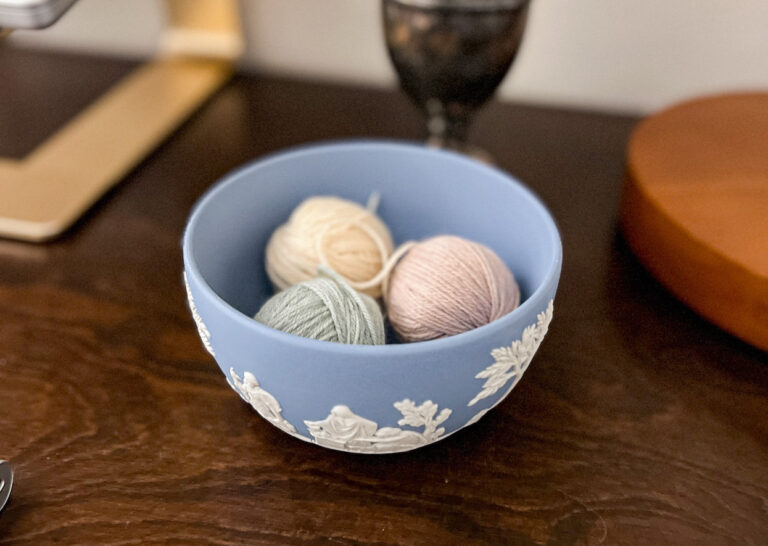
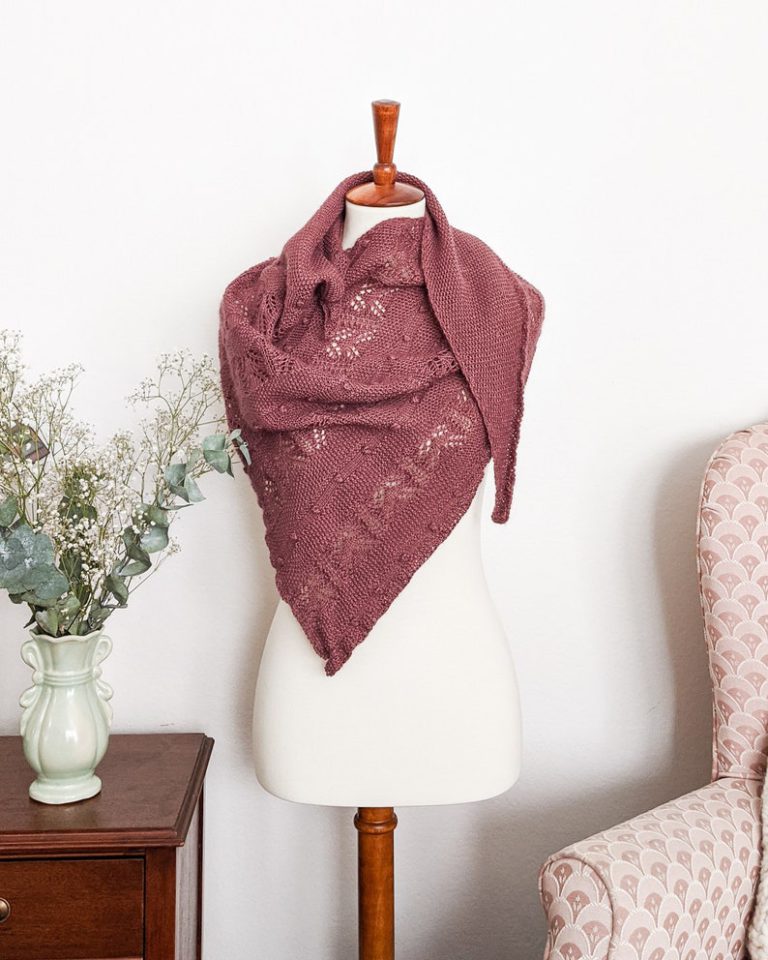
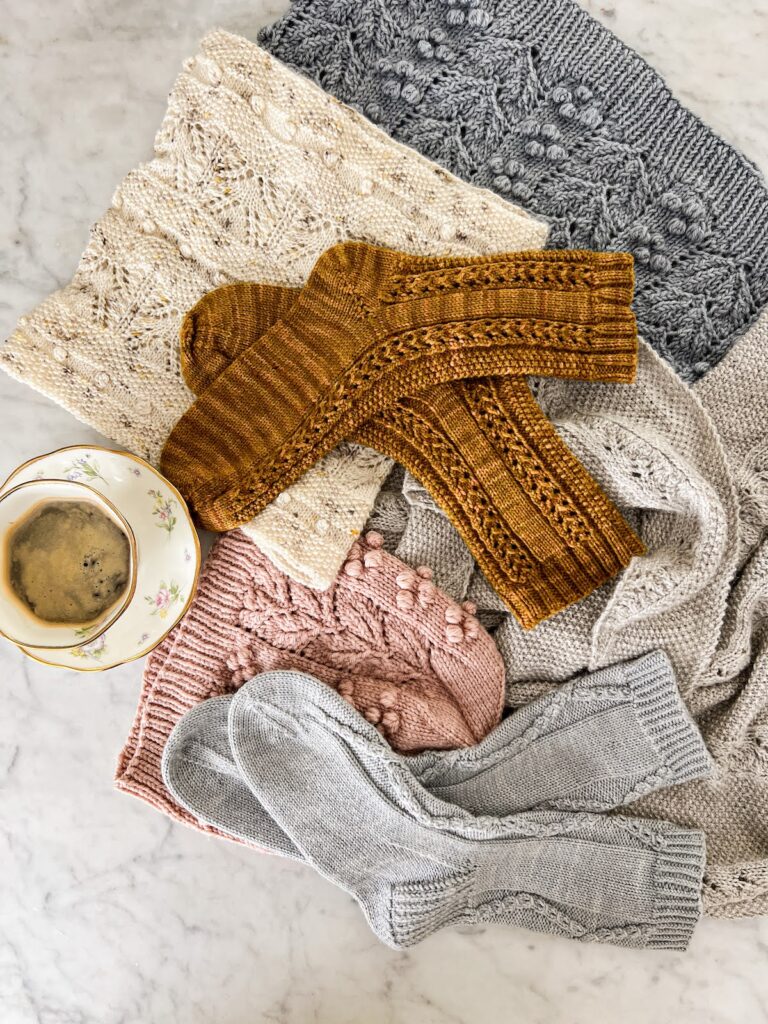

I’ve been asked why I knit socks, when you can buy them. Answer: No, I cannot buy socks that fit my size 5 narrow heel feet that will not bunch up and hurt my feet! Besides, I get to make pretty socks and get the benefit of relaxation. It’s also that I get to decide which sweaters, hats, socks, etc. that I want to wear – not some buyer for a chain store.
As to the historic connections, those are one of the reasons I knit and crochet. My Mum knit and taught me the basics when I was five and wanted to help knit booties. Her Mum knit, crocheted, tatted, quilted, and was a seamstress to royalty in Scotland before she and Grampa moved to Canada. My Grandfather was a stone mason and gardener. My other Grandfather was Irish and his sisters who stayed in Ireland sent gifts to him and Grandma B. every year: crocheted Irish lace doilies. I have two of them and treasure them. It’s no wonder that I was drawn to all the ganseys, aran sweaters, though my crocheting is mostly decorative filet.